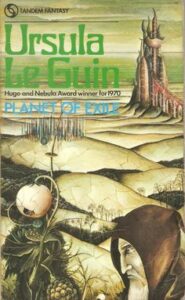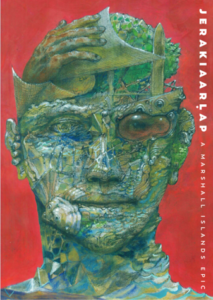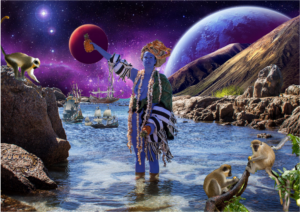Building Near Futures - reflection so far
Building Near Futures has been very fruitful so far. We are in groups for a big project and my group is a very good mix of people from different disciplines who are all great workers with lots of ideas and are keen to work on our project. We are looking at sustainable cities and green architecture and design and are potentially looking at creating a future design of EFI centered around green technology, community, and a sustainable approach. This has been very interesting and rewarding so far and we have already learned a lot, looking at various case studies of sustainable and green cities (and smart cities) as well as green design, architecture, and elements (like urban farming) which we might want to include.
The course has largely been centered around this project and I am glad we are doing something so meaningful, that I find so interesting, and that we work together so well. It is also great to bring in some narrative and literature knowledge for some aspects and even some knowledge from my A-level Geography. My passion for art has also come in use, especially as we are looking at architecture and design elements and even have a meeting with the architecture firm for EFI. It has already been extremely eye opening and a real learning process to find out more about EFI, the building, and the limitations that we may face in our design.
The theory has been interesting and certainly relates to creating narratives futures as a whole and may be useful to integrate into the theory of my futures project, specifically the theory on futures projection, the futures cone, and more. Texts such as Speculative Everything: Design, Fiction, and Social Dreaming by Anthony Dunne and Fiona Raby would certainly come into play – especially as it talks about the envisioning of real futures and how fiction comes into play with technology and design – and possibly other texts on the course like Technology and Sustainable Development : The Promise and Pitfalls of Techno-Solutionism by Henrik Skaug Sætra or even Italo Calvino’s Invisible Cities which was suggested by a lecturer. Theory such as discussion about wicked problems and how to approach them may be very relevant to use.
Furthermore, there are many ways that this form of envisioning and designing the future may blend with art and literature as although it focuses on the near future and the real and tangible, this is an important aspect to add to the imaginative speculative fictions of authors such as Ursula e Guin and the artist Solomon Enos. There is also a lot of overlap topic wise, which is no surprise, looking at green and sustainable solutions to climate change and its intertwining issues.
Most of all, I have learnt about how important it is to think in the near future or the short term, as well as the long term, in order to blend speculative fiction into reality, and so that people can’t deem solutions too far away/ into the future and offload responsibility.



